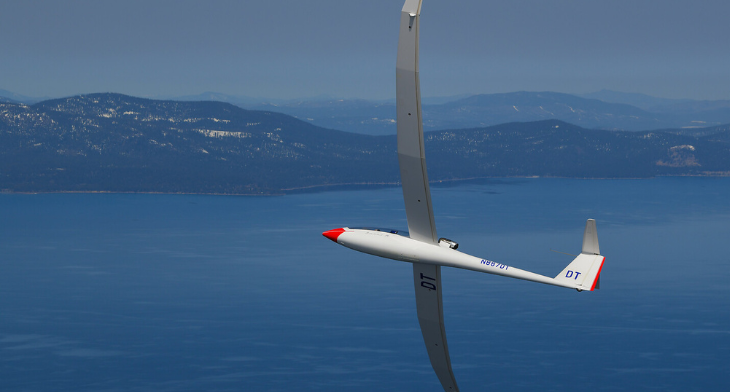Airbus to study hydrogen contrail characterisation

Airbus’ subsidiary Airbus UpNext has unveiled a flight test programme to study the contrails produced by a hydrogen combustion engine as part the Company’s ZEROe roadmap.
The “Blue Condor” project will see the launch of two modified Arcus gliders, one equipped with a hydrogen combustion engine and one equipped with a conventional kerosene-powered combustion engine. This is done to compare contrails emitted at high altitudes.
Sandra Bour Schaeffer, CEO of Airbus UpNext commented: “Contrail characterisation is of significant interest to Airbus. We know that hydrogen emits no carbon dioxide when burned, but we also know that with water vapour and heat being the most significant by-products, hydrogen combustion does produce contrails. Although these contrails differ significantly to those produced by conventional JetA/A1 combustion engines, understanding their composition will be key to support our decarbonisation journey.
“In taking up this challenge we are making significant headway in our decarbonisation strategy and our ambition to bring the world’s first zero-emission commercial aircraft into service by 2035.”
A German Research Centre, DLR, will be tasked to collect and analyse data captured using their measurement instrumentation sensors on a chase aircraft, while Airbus says it will ensure the provision of the hydrogen system and equipment, including the combustion engine as well as the details of the flight test mission.
The test flights will be carried out back-to-back under the same meteorological conditions to ensure 100% comparable data between the hydrogen and conventional engine. Test flights are scheduled for late 2022 in North Dakota, US.
The Blue Condor demonstrator will be supported by the Perlan Project team, which will be responsible for the modification of the Arcus gliders. The team will also provide high-altitude glider pilots for the project. They are the same pilots who in 2018 set the world subsonic altitude record – 76,124 feet – in a pressurised glider for Airbus Perlan Mission II.
